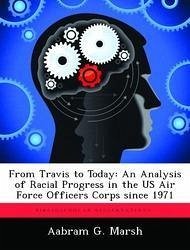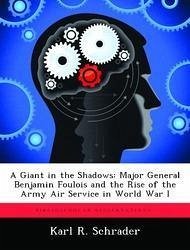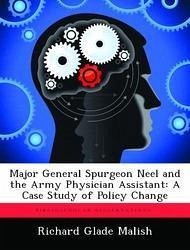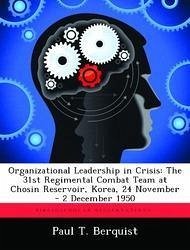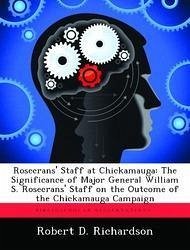Nicht lieferbar
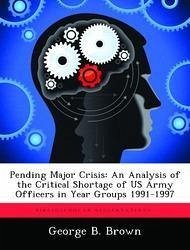
Pending Major Crisis: An Analysis of the Critical Shortage of US Army Officers in Year Groups 1991-1997
Versandkostenfrei!
Nicht lieferbar
There is a pending crisis in the US Army that has received little attention, but that is having a critical effect on the military and its ability to continue its high current operational tempo. The pending crisis is a shortage of US Army field grade officers. The retirement rate of officers reaching 20-years of service last year was 20%; a survey conducted for this thesis indicates the rate could grow to 60%. This loss rate suggests that by 2014, the US Army may be short 30% lieutenant colonels and 20% majors. The most critical aspect of this potential 30% shortage of lieutenant colonels and 2...
There is a pending crisis in the US Army that has received little attention, but that is having a critical effect on the military and its ability to continue its high current operational tempo. The pending crisis is a shortage of US Army field grade officers. The retirement rate of officers reaching 20-years of service last year was 20%; a survey conducted for this thesis indicates the rate could grow to 60%. This loss rate suggests that by 2014, the US Army may be short 30% lieutenant colonels and 20% majors. The most critical aspect of this potential 30% shortage of lieutenant colonels and 20% shortage of majors will be that it is not equally distributed across all the branches. By 2014, indications suggest that most of the US Army officer branches will face shortages greater than 50% of their requirement for lieutenant colonels and majors. The security of the United States depends on senior military and civilian leadership recognizing these issues before they become critical and reach a tipping point beyond what can be quickly resolved. Potential initiatives to correct the current problems include (1) conducting an information campaign (short term); (2) formalizing incentive programs already in use (near term); and (3) creating a monetary bonus program similar to those used for enlisted Soldiers (long term). Other more drastic options are available to address the shortages, but the second order effects may do more damage than good to the US Army. This work has been selected by scholars as being culturally important, and is part of the knowledge base of civilization as we know it. This work was reproduced from the original artifact, and remains as true to the original work as possible. Therefore, you will see the original copyright references, library stamps (as most of these works have been housed in our most important libraries around the world), and other notations in the work. This work is in the public domain in the United States of America, and possibly other nations. Within the United States, you may freely copy and distribute this work, as no entity (individual or corporate) has a copyright on the body of the work. As a reproduction of a historical artifact, this work may contain missing or blurred pages, poor pictures, errant marks, etc. Scholars believe, and we concur, that this work is important enough to be preserved, reproduced, and made generally available to the public. We appreciate your support of the preservation process, and thank you for being an important part of keeping this knowledge alive and relevant.




